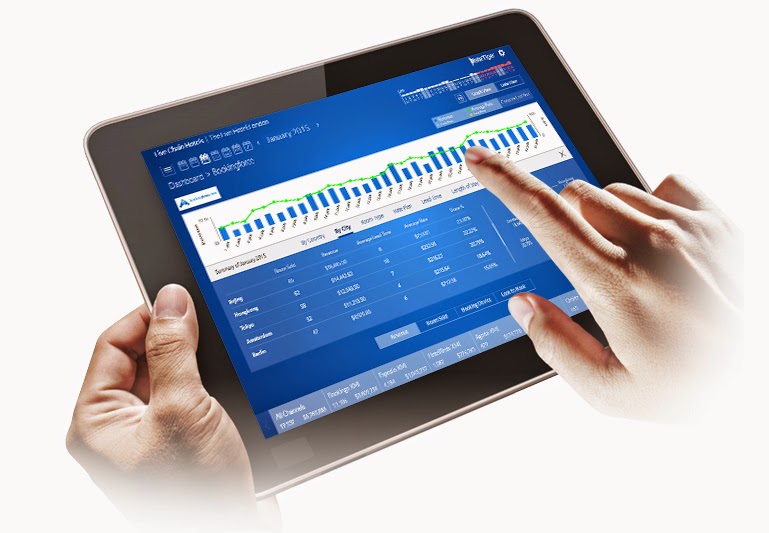Your Hotels™ Worldwide, a leading hotel chain of independently-managed properties in Scandinavia, has strengthened relationship with eRevMax by implementing its 2-way XML connectivity solution for seamless data transfer between its property management system and online sales channels. All 65 properties under the group are using RateTiger Channel Manager to update rates and availabilities across their distribution mix in real-time. RateTiger is a fully integrated e-distribution platform with 2-way XML channel connectivity, market intelligence and revenue management capabilities.
Your Hotel™ Worldwide is an established hotel chain consisting of around 65 privately owned hotels across Sweden, Norway, UK, Germany and Austria. Head Quartered in Stockholm, the group offers 2500 rooms across the portfolio. All hotels under the group are getting benefits of real-time rates and inventory update and receive reservations directly into their PMSs ensuring online sales optimization and eliminating chance of overbookings. They can monitor booking trends across all channels on a single reporting dashboard to react instantly with a more effective distribution strategy.
“We have been using RateTiger solutions since 2010, and know from experience that they have a great product portfolio in a stable technology platform. By upgrading to 2-way XML connection, our member hotels would be able to use their PMS to process updates, which will streamline their distribution, save time and improve revenue opportunities. Their transition from a traditional channel manager to web based business intelligence and connectivity solution provider has helped our hotels greatly. For us eRevMax is the ideal technology partner which meets demands of our hotels,” said Percy Henriksson, Managing Director, Your Hotel™ Worldwide.
“Our long-term relation with Your Hotel™ Worldwide reinforces the value eRevMax’s innovative technologies and services bring to the hotel industry to improve distribution processes. eRevMax solutions help the revenue management team of these properties to increase online revenue by ensuring real-time room availability across all distribution points through automatic adjustment from a pooled inventory,” said Cristina Blaj, Sales Director – Europe at eRevMax.
eRevMax’s flexible, multi-platform solution to manage online sales and exposure, has been used by over 20,000 hotels globally. eRevMax’s Channel Ecosystem (CES) offers two-way XML connections with leading global and regional sales channels for seamless connectivity.





